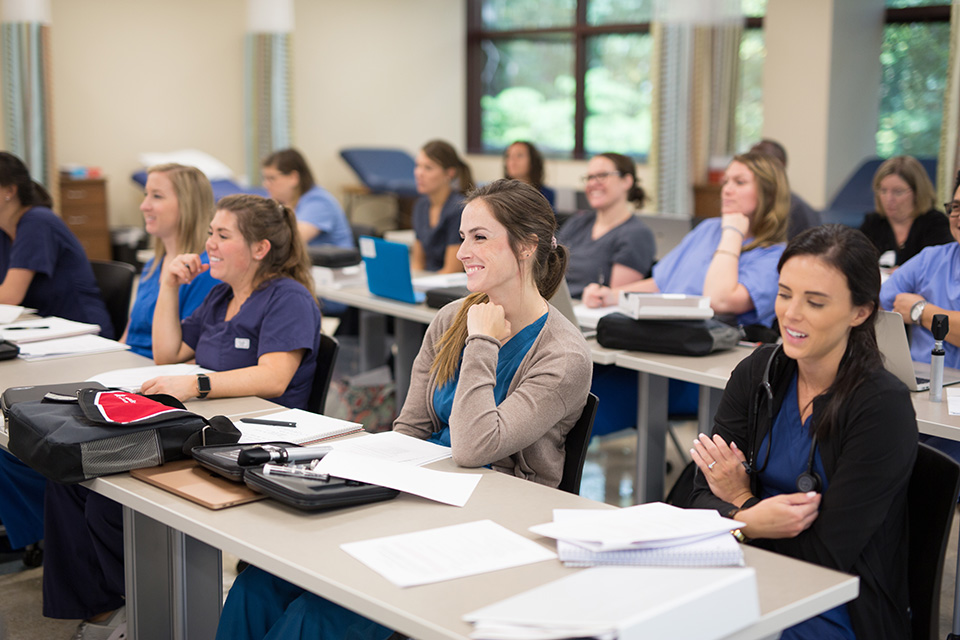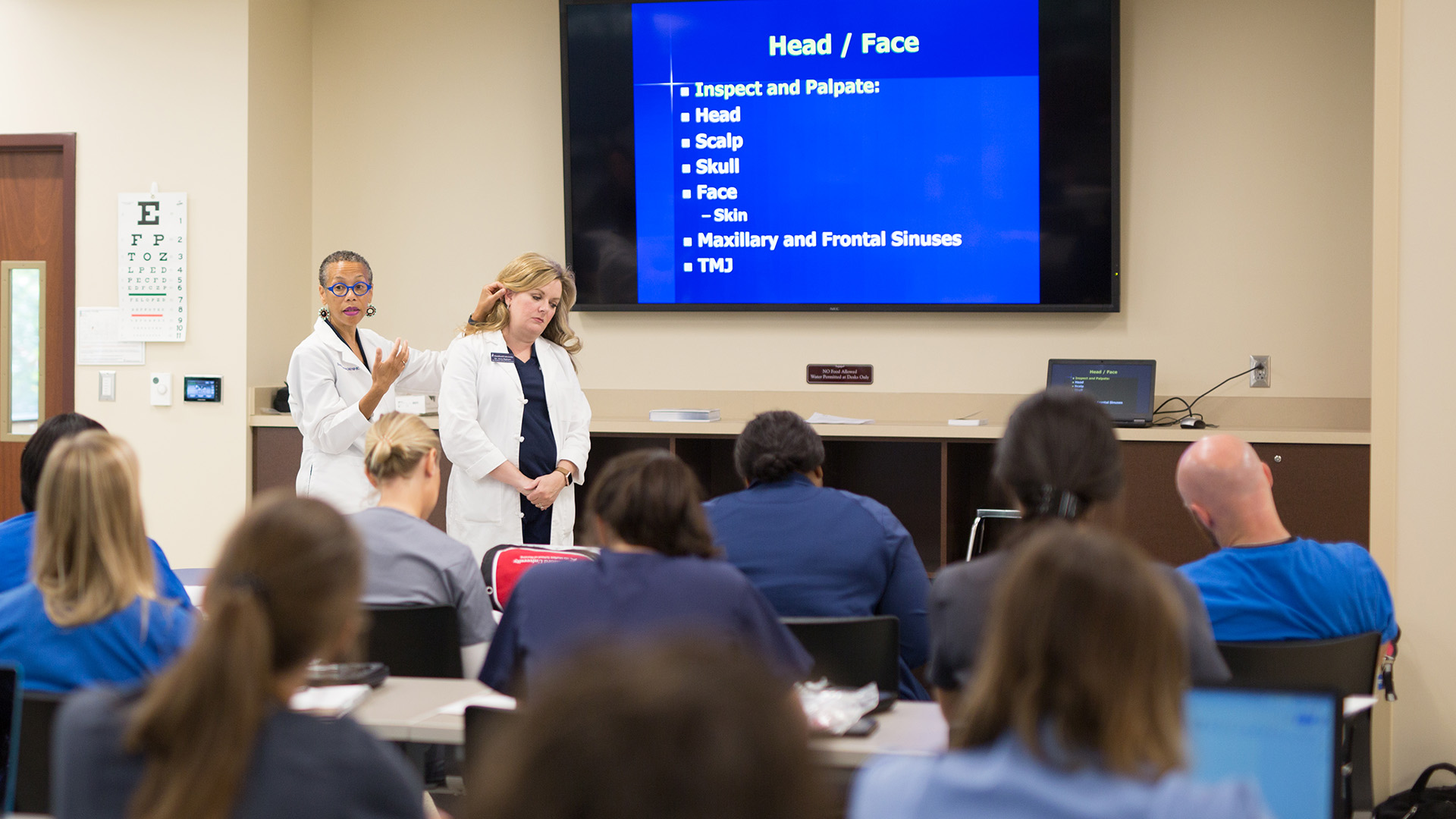A report published in Journal of Nursing Regulation projects one million registered nurses will retire by 2030, a quarter of the 3.9 million registered nurses in the United States. Yet, the American Association of Colleges of Nursing reports, nursing schools turned away more than 75,000 qualified applicants in 2018 due to an insufficient number of faculty, clinical sites, classroom space and clinical providers.
In an effort to reverse the projected nursing shortage, Ida Moffett School of Nursing is working to successfully increase student capacity for accredited schools of nursing across the nation. Over the past 17 years, the school has utilized more than $14 million in grant funding from the U.S. Department of Health and Human Services, Health Resources and Services Administration (HRSA) to prepare more than 450 nurse educators who are now shifting the landscape of nurse education while increasing the number of competent, compassionate nurses entering the workforce.
In 2002, Ida Moffett School of Nursing was one of the first 55 nursing schools in the nation to receive funding for the Nurse Faculty Loan Program (NFLP) grant.
Samford’s inaugural program consisted of just three students. Last year, 47 of 48 graduates accepted full-time teaching positions in a school of nursing, and current funds will assist more than 150 students in obtaining a Doctor of Nursing Practice with an emphasis in nurse education.
“For nearly two decades, we have recognized that a major nursing shortage is on the horizon,” said Jane Martin, senior associate dean. “As the age of the baby boomer population continues to rise, the number of retiring nurses will rise; simultaneously, there will be an increased need for care. Nurse faculty shortages were impeding our ability to address this growing demand.”
Since the program’s installment, graduates of Samford’s program have progressed into positions as instructors, professors, program directors, department chairs and school of nursing deans.
“Graduates are serving in a variety of capacities,” said Gretchen McDaniel, associate dean for graduate nursing programs. “They are impacting the lives of others throughout the United States and the world.” Collectively, Samford NFLP participants are aiding the preparation of thousands of future nurses across the country.
According to Martin, registered nurses who complete nurse educator courses, are eligible for up to 85% loan forgiveness in exchange for service as a full-time nurse faculty member at an accredited school of nursing.

Earn Your Graduate Degree
Ida Moffett School of Nursing offers numerous concentration options with its graduate degrees and certificates, including psychiatric mental health and emergency nurse practitioner.

